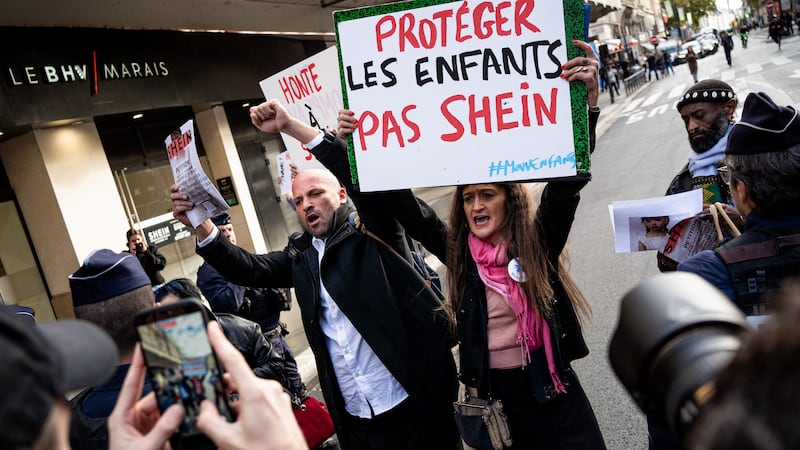The first weeks of this year were marked by a surge in knife violence in the Republic, especially on the streets of the Dublin. Several people were badly injured in knife attacks and two later died.
At the Dublin City Joint Policing Committee last month, councillors said fear around increased knife possession by young people was causing significant fear in communities.
“People are afraid to say anything to groups of young people because they’re afraid a knife will be taken out,” said Social Democrats Cllr Tara Deacy.
While such fears may be real, they are out of step with the reality of knife crime.
That is not to say there are not some recent trends that should give rise to measured concern.
Firstly, the number of people treated as inpatients in Irish hospitals in 2019 for “knife assault” injuries was 9 per cent higher, at 178 cases, than in 2018. The increase in 2019 was also the first rise in serious knife assault injury cases since 2015.
Secondly, the number of knives being seized by gardaí is increasing every year. Some members of the Garda believe this is a sign of increased knife-carrying, especially among young males.
But an examination of recent trends puts those concerns, and the wider hype around knife crime, into perspective.
While more “knife attack” victims required inpatient treatment in Irish hospitals in 2019, the figures for recent years are much lower than what went before.
Between 2006 and 2011, the number of “knife attack” victims treated as inpatients in Irish hospitals was within a range of 230-270 cases annually. But between 2012 and 2019 that range was much lower, at between 165-195 cases annually.
In the years from 2017 to 2019 the number of knives seized in the Republic increased by 33 per cent. Last year seizures increased again; to 2,243 knives, from 2,145 in 2019.
Again, much like the increase in knife attack injuries witnessed in 2019, gardaí say some of the recent knife seizure trends should be noted and monitored. But they caution against the assumption that more knives being seized directly correlates with increased knife-carrying.
An accelerated Garda recruitment process in recent years means the Garda force is at record strength. That means more personnel being available to conduct pro-active policing operations such as searches. The more searches gardaí conduct, the more banned or controlled items they will find; guns, drugs, knives and so on. Seizures of all of those items, not just knives, have been increasing in recent years.
Recording system
In 2016, the Garda also introduced a new system for better recording all of the items they seize – the property and exhibit management system. Every time a knife is seized there is a much better chance than before 2016 of it being properly itemised in the Garda’s official records.
Experienced gardaí say at least some of the increase in knife seizures is attributable to the extra Garda resources and the better recording system.
Some are also convinced there is a growing culture of knife-carrying in parts of the Republic, just nowhere as great as the hype would suggest.













